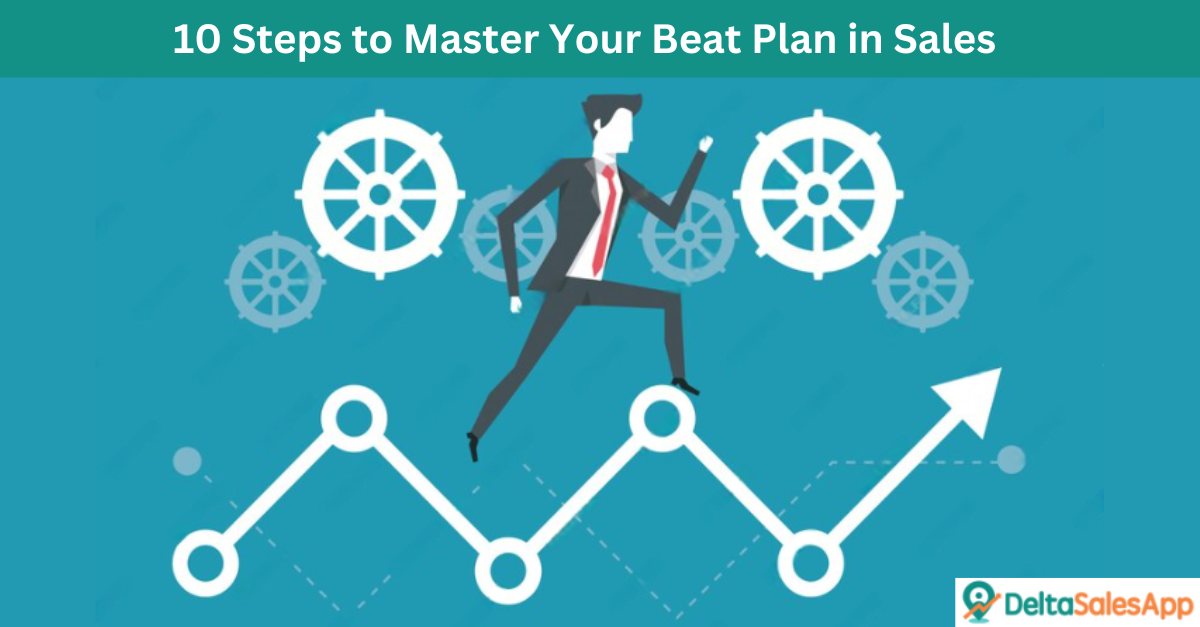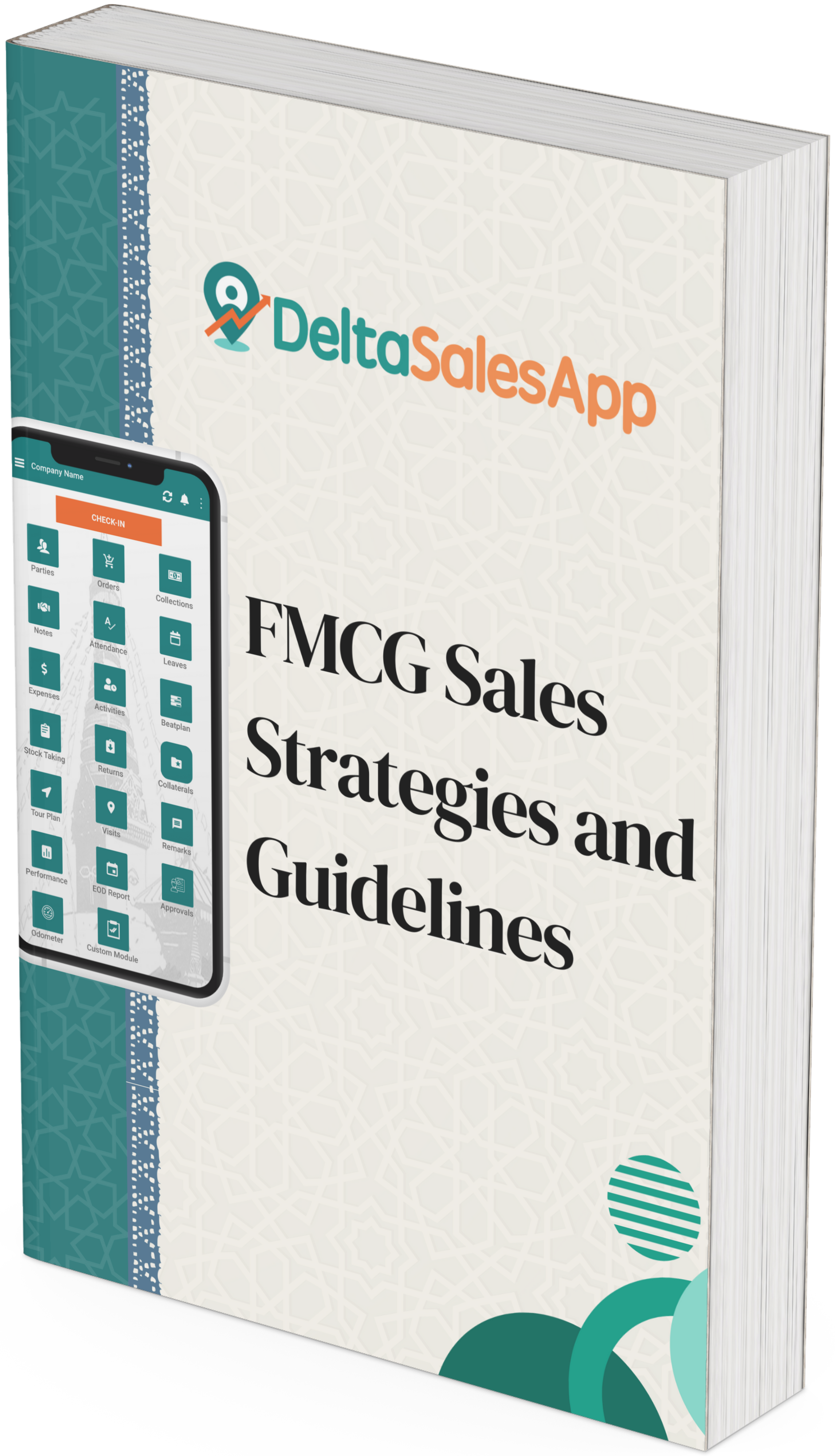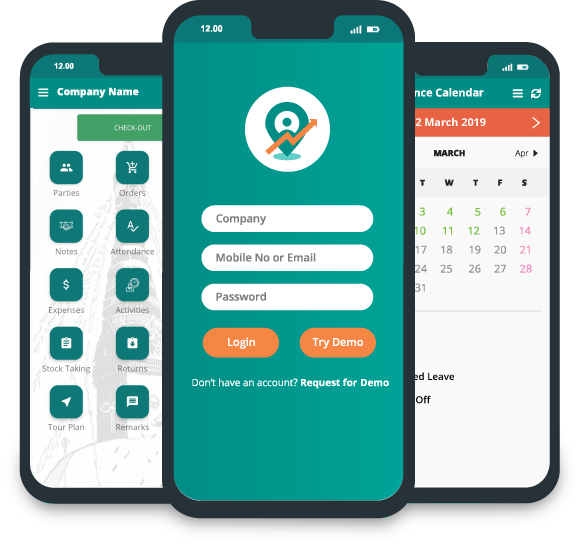10 Steps to Master Your Beat Plan in Sales

A well-structured beat plan in sales is essential for sales professionals to optimize their time, cover territories effectively, and maximize conversions. Whether you're managing a team or working individually, mastering your beat plan ensures that you reach the right customers at the right time.
An effective beat plan helps sales reps stay organized, reduce unnecessary travel, and enhance productivity. In this blog, we’ll walk you through 10 crucial steps to create and master your beat plan for improved sales performance.
1. Understand the importance of a beat plan.
A beat plan is a pre-planned schedule that outlines which customers or prospects a sales rep should visit on a given day.
Why It Matters
A structured beat plan prevents time wastage and helps sales reps focus on high-value customers.
It ensures territory coverage is optimized, so no potential customer is missed.
A well-planned beat strategy improves customer relationships by ensuring regular follow-ups and engagements.
Without a proper plan, sales reps may struggle with unorganized visits and lose sales opportunities.
2. Analyze Your Sales Territory
Understanding your sales territory is crucial for effective planning.
How to Analyze
Map out your key customer locations—Identify high-value clients and potential leads.
Analyze sales trends—Recognize areas with high and low sales potential.
Evaluate market competition—understand where competitors are active and where new opportunities exist.
With a clear analysis, you can prioritize areas that bring the highest return on effort.
3. Segment Your Customers
Not all customers are equal, so you need to categorize them for efficient management.
Customer Segmentation Criteria
Revenue Potential—High, medium, and low-value customers.
Order Frequency—Regular, occasional, or one-time buyers.
Engagement Level—Active vs. dormant customers.
By segmenting customers, you can prioritize efforts on high-value and high-potential clients while maintaining a healthy balance with new prospects.
4. Define a Clear Visit Frequency
A structured visit frequency helps sales reps maintain consistency in customer engagement.
Recommended Visit Schedules
High-value customers—Weekly or bi-weekly visits to nurture relationships.
Medium-value customers—monthly visits to ensure they remain engaged.
Low-value customers—Quarterly visits to maintain a connection while focusing on bigger clients.
With a planned frequency, you can ensure no customer is neglected while optimizing your time efficiently.
5. Leverage Sales Automation Tools
Technology can make beat planning more efficient by automating route management and tracking sales activities.
How Automation Helps
GPS tracking—Helps sales reps plan their routes efficiently.
Visit history tracking—Ensures no customer is overlooked.
Automated reminders—Helps maintain regular follow-ups.
Tools like Delta Sales App streamline the entire process, making it easier for sales reps to manage their schedules effectively.
6. Optimize Your Route for Efficiency
Time is money in sales, and an optimized route can significantly boost productivity.
Route Optimization Tips
Minimize travel time—Plan routes that reduce unnecessary travel.
Avoid redundant visits—Organize your schedule to prevent covering the same area multiple times.
Use mapping tools—GPS-based solutions help in identifying the shortest and most efficient routes.
By planning your route strategically, sales reps can maximize visits and minimize effort.
7. Set Clear Sales Objectives
Every customer visit should have a defined goal to make the interaction productive.
How to Set Objectives
Determine visit goals—whether it’s closing a sale, taking an order, introducing a new product, or collecting feedback.
Prepare necessary resources—Carry product catalogs, promotional material, or digital tools to support your discussion.
Define success metrics—track performance based on conversion rates, new leads, or customer feedback.
When sales reps know their objectives beforehand, every visit becomes purpose-driven and results-oriented.
8. Monitor Performance & Adjust Plans
No beat plan is perfect from the start. Regular monitoring helps in fine-tuning the strategy.
What to Track
Customer response—Are they showing interest in your visits?
Conversion rates—Are your efforts leading to more sales?
Route efficiency—Are you covering the right customers without excessive travel?
With proper tracking and adjustments, you can enhance efficiency and maximize revenue potential.
9. Improve Communication with Your Sales Team
If you’re managing a sales team, clear communication is essential for effective coordination.
Ways to Improve Team Communication
Share insights and feedback—Encourage team members to discuss their experiences and best practices.
Coordinate schedules—Ensure sales reps don’t overlap their visits unnecessarily.
Provide continuous training—Keep the team updated with new sales strategies and customer engagement techniques.
A well-aligned team performs better and achieves higher sales productivity.
10. Continuously Evolve Your Beat Plan
Sales strategies need to be dynamic and adaptable to stay ahead of market trends.
How to Keep Your Beat Plan Updated
Adapt to market changes—Keep track of industry trends and competitor activities.
Use customer feedback—modify visit schedules and engagement strategies based on customer responses.
Leverage AI-driven insights—Modern sales tools provide data-backed recommendations for improved planning.
By continuously evolving, your beat plan remains effective and contributes to long-term business growth.
Conclusion
Mastering your beat plan requires strategic planning, technology integration, and continuous improvement. By following these 10 steps, sales reps can increase their efficiency, cover more customers, and ultimately boost sales performance.
Frequently Asked Questions (FAQs)
1. What is a beat plan in sales?
A beat plan is a structured schedule that outlines which customers or prospects a sales representative should visit on specific days to maximize sales efficiency and coverage.
2. Why is a beat plan important?
A well-planned beat schedule helps sales reps manage their time effectively, reduce travel expenses, enhance customer engagement, and increase sales conversions.
3. How often should a sales rep visit customers?
It depends on the customer's value and engagement level:
High-value customers: Weekly or bi-weekly visits.
Medium-value customers: Monthly visits.
Low-value customers: Quarterly visits.
4. What tools can help in beat planning?
Field sales automation tools like Delta Sales App provide GPS tracking, visit history, automated route planning, and real-time customer interaction tracking to streamline beat planning.
5. How can I optimize my beat plan?
You can optimize your beat plan by
Segmenting customers based on sales potential.
Using route optimization tools to reduce travel time.
Tracking performance metrics and adjusting the plan regularly.
Utilizing sales automation software for efficiency.
6. Can a beat plan be adjusted based on real-time insights?
Yes! A good beat plan is flexible and should be adjusted based on customer feedback, sales trends, and real-time performance data.
7. How does a beat plan improve team coordination?
A well-structured beat plan ensures that sales reps are not overlapping territories, leading to better coverage and improved communication among team members.









